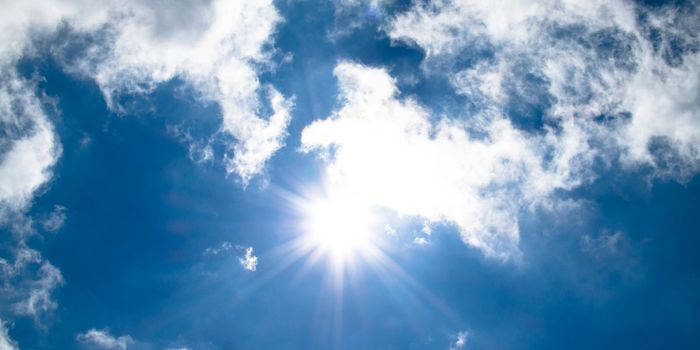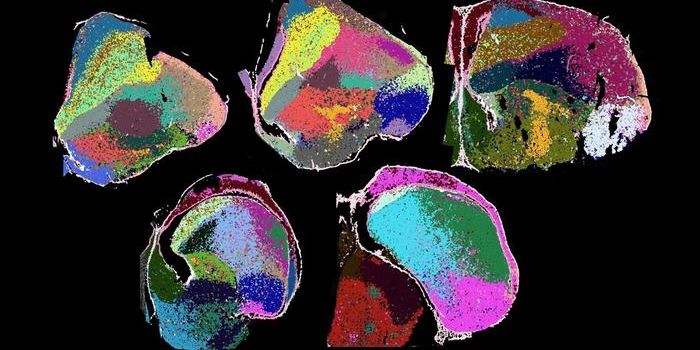Hoover Dam is going dry: Water shortage declared for the first time ever in the USA
We have all heard of the famous “bathtub ring” around Lake Mead (AZ, MN) and many have seen photos and videos of the progressively lowering lake. A popular reprieve from the hustle and bustle of the Las Vegas Strip, Lake Mead is a destination for many visiting the state or even the US in general.
Since 2000 the water elevation of Lake Mead has dropped over 143 feet, and by 2016 the water reached a record low. However, few still fail to grasp how dire the situation really is. Millions of people rely on the hydropower and water produced by the nation’s largest reservoir. The Las Vegas, Phoenix, and ever Los Angeles metropolitan areas, a combined population of over 3 million people, are all vying for the lake’s precious resources. With the declaration of a water shortage, Las Vegas and Phoenix will have to implement water conservation strategies. Las Vegas as already outlawed all “useless grass” to prevent using precious recourses for lawn maintenance. To have such a shortage is concerning considering the fact that both Las Vegas and Phoenix are two of the fastest growing cities in the United States. At what point do we begin to make tough choices about the longevity of our desert cities, and the sustainability of our suburban developments?
Lake Mead has not been at full capacity since 2001. That means that for twenty years we have been taking more from the lake then has been replaced by snow melt runoff. The snowpack last winter was nearly nonexistent in the Rockies causing ripple effects throughout the entire Colorado river system. At the same time the West has been embroiled in the worst drought in 1200 years. These factors combined with temperatures exceeding 118 degrees Fahrenheit have caused the lake to drop below 35% capacity. This drop also means that the turbines producing power at the dam are not functioning at full capacity. While there is no telling what kind of effect the potential loss of hydroelectric power will have on the infrastructure of Nevada, Arizona, and Southern California, it is clear that the water shortage problem will begin to have major effects in the American Southwest.
Sources: Las Vegas Journal, WSJ, CNN, The Hill, Guardian, National Park Service









